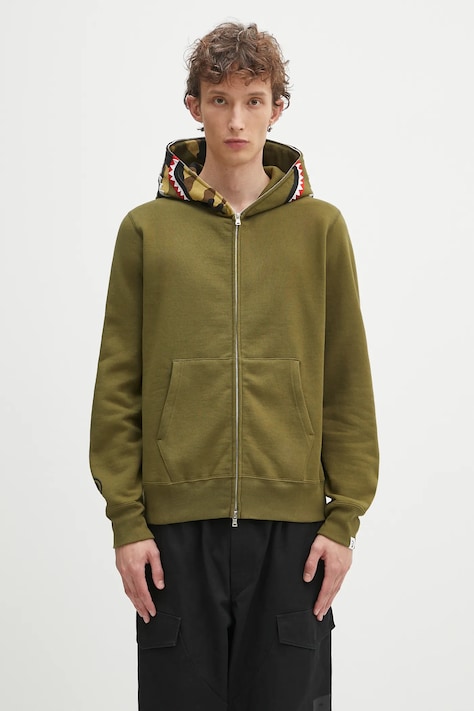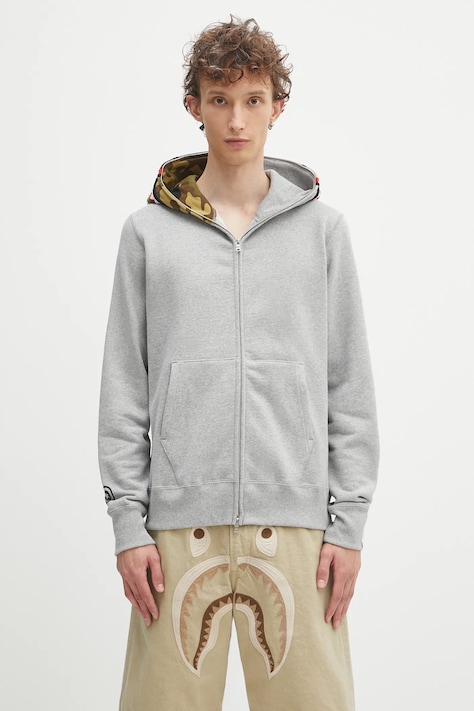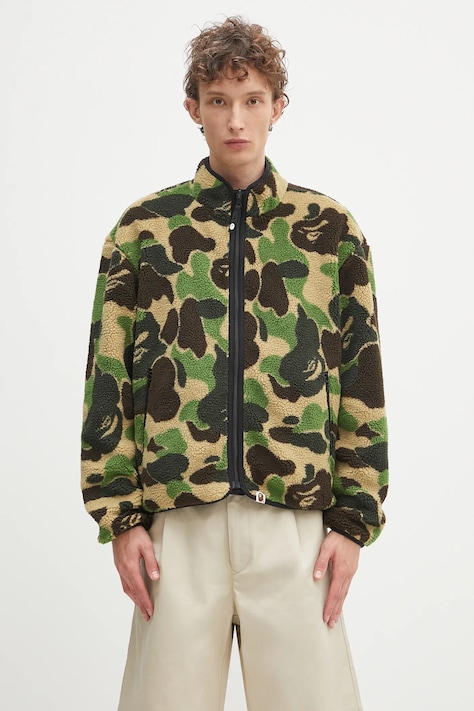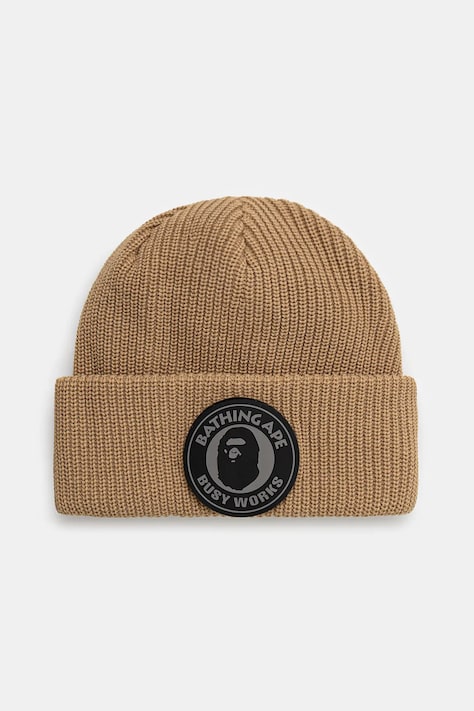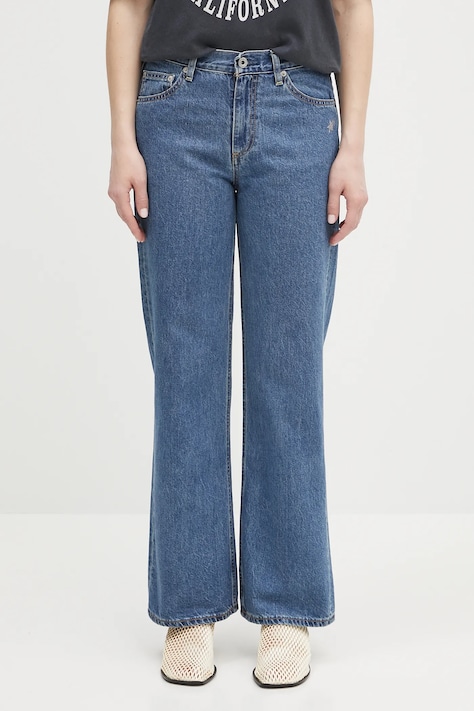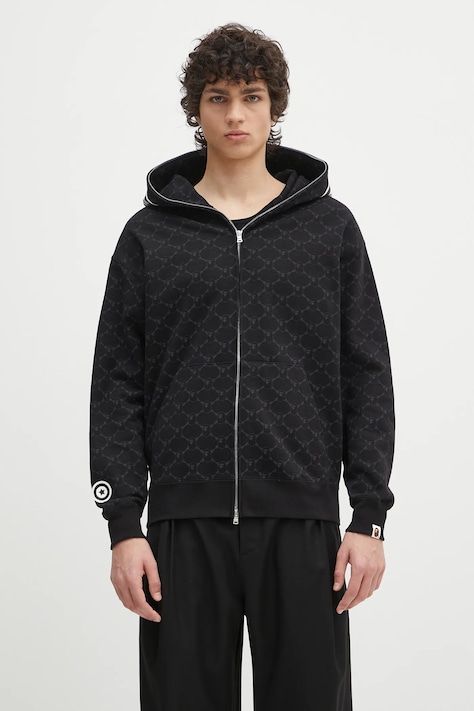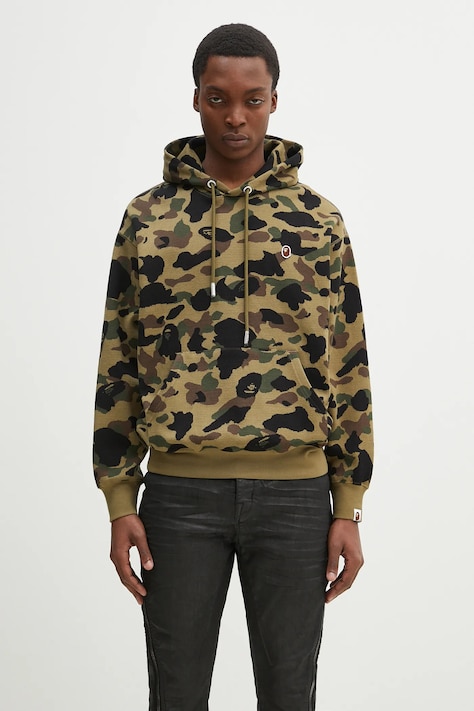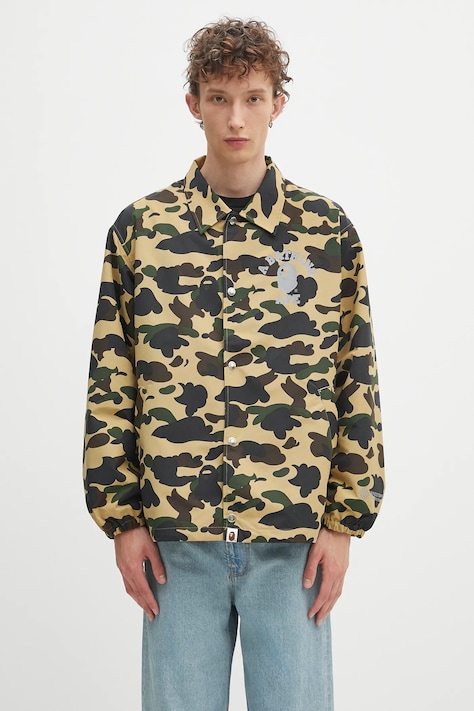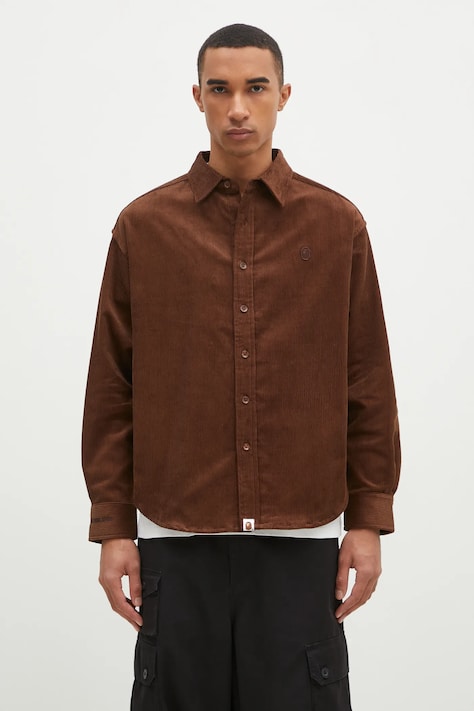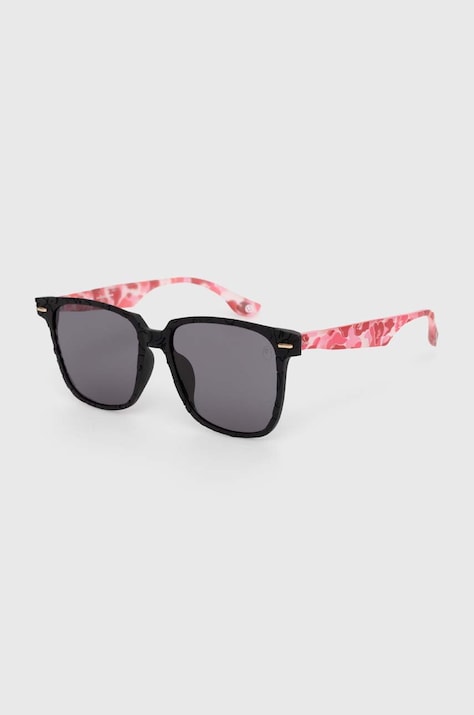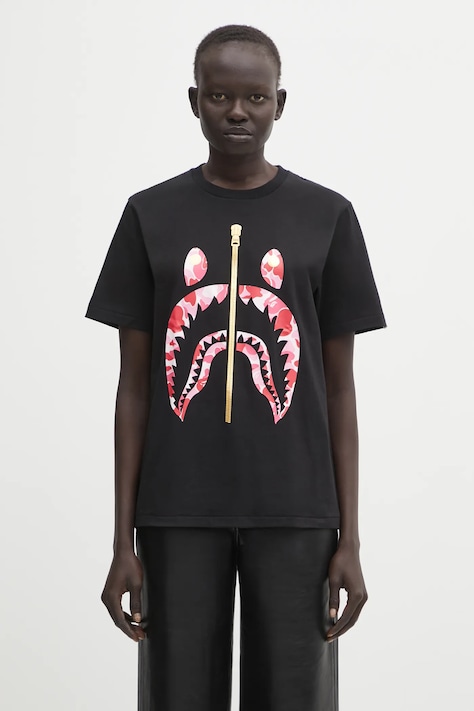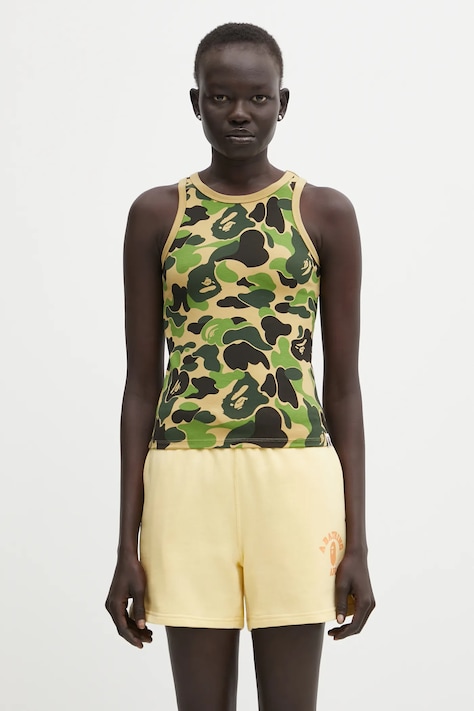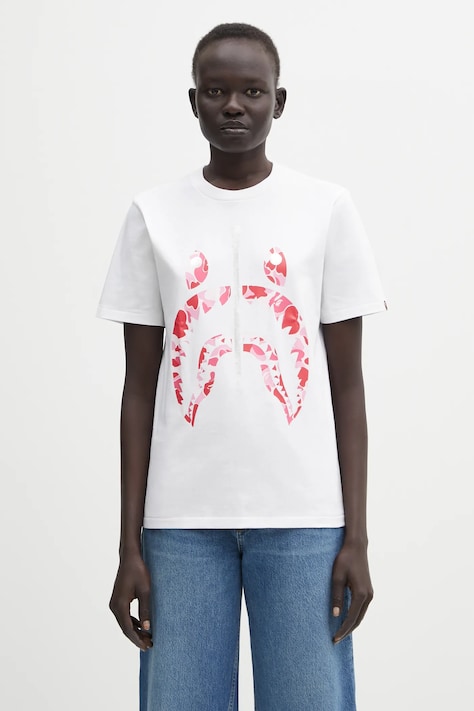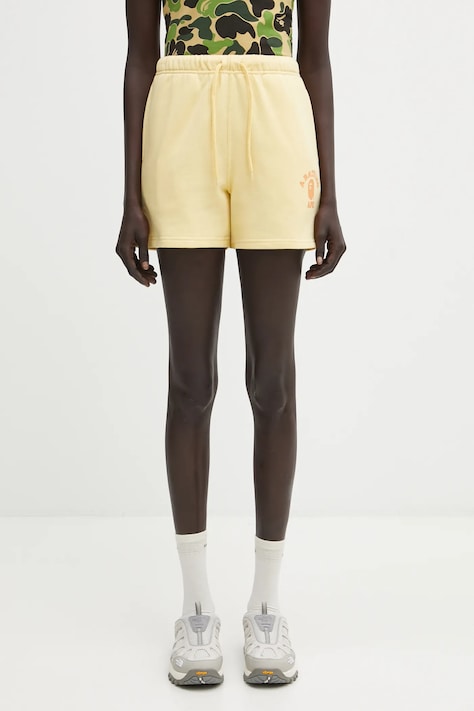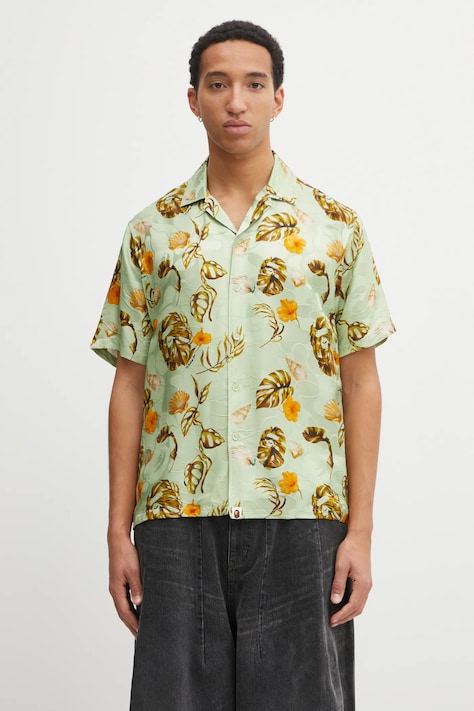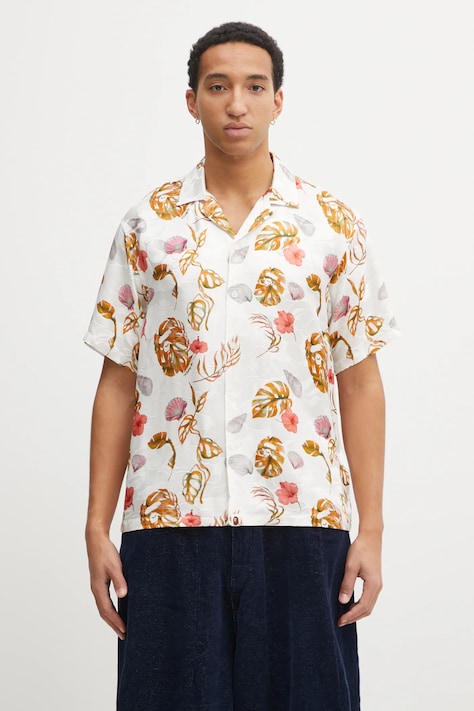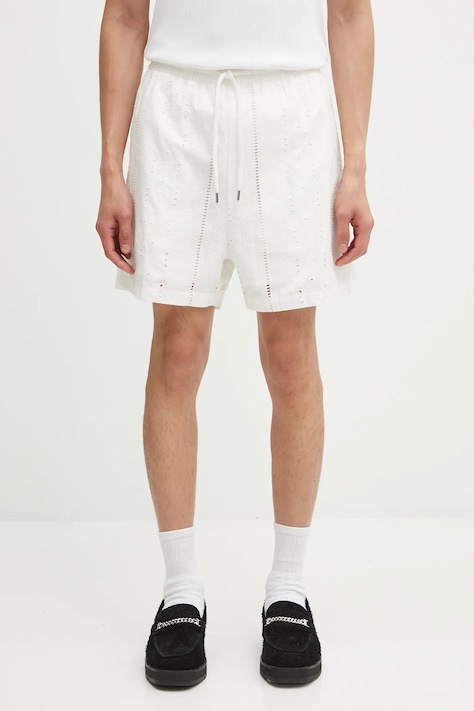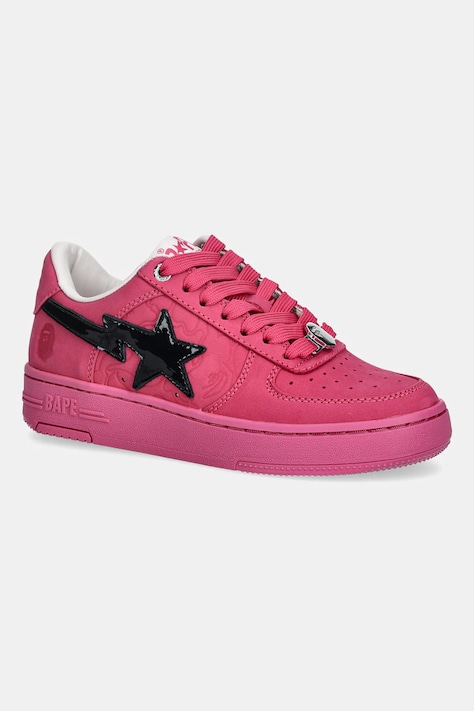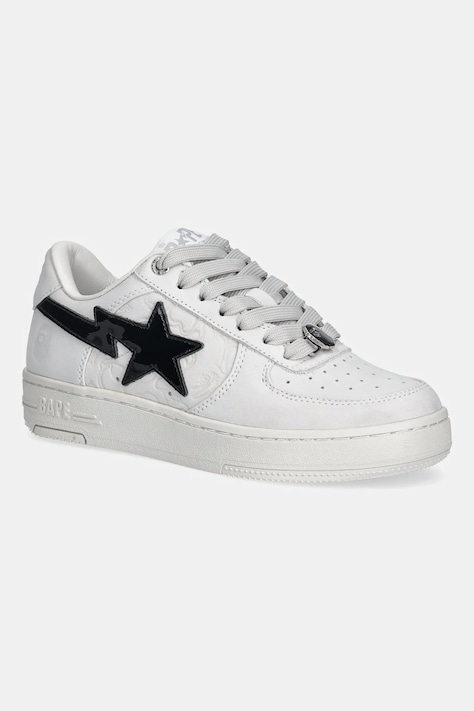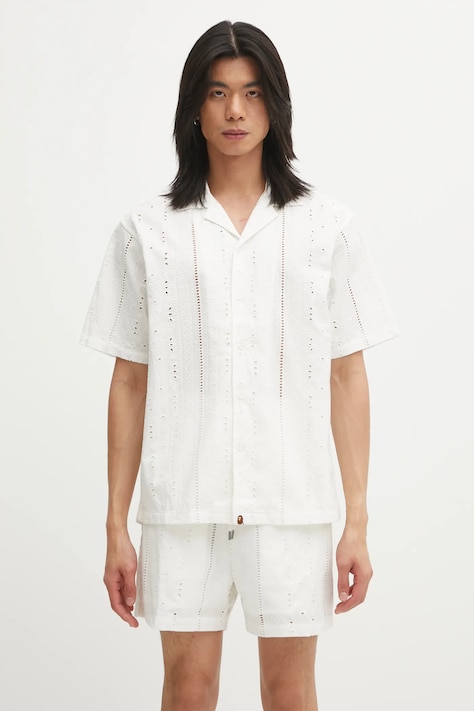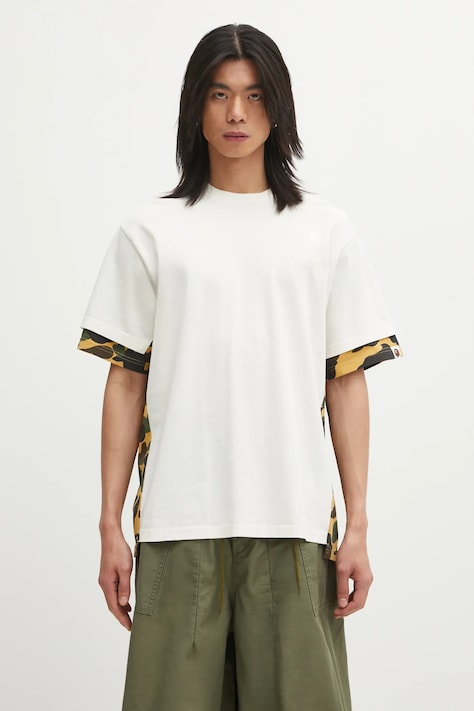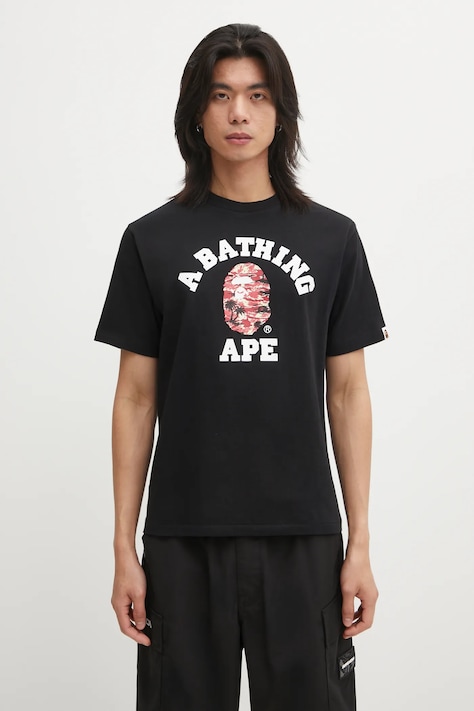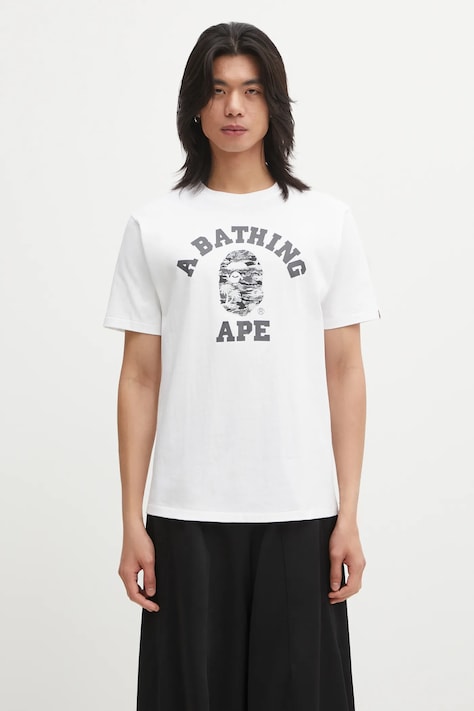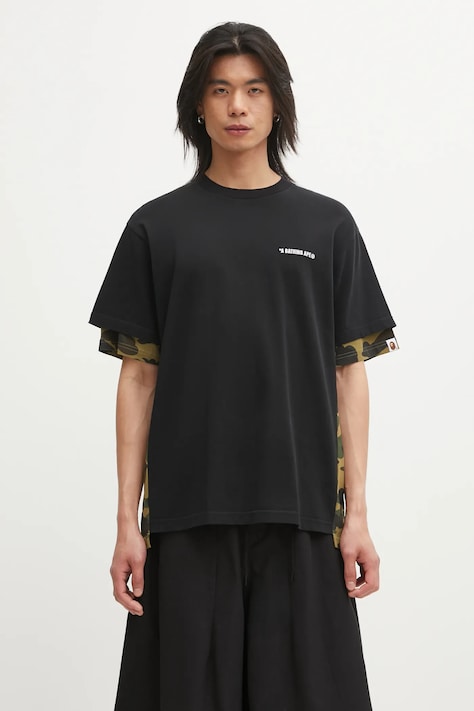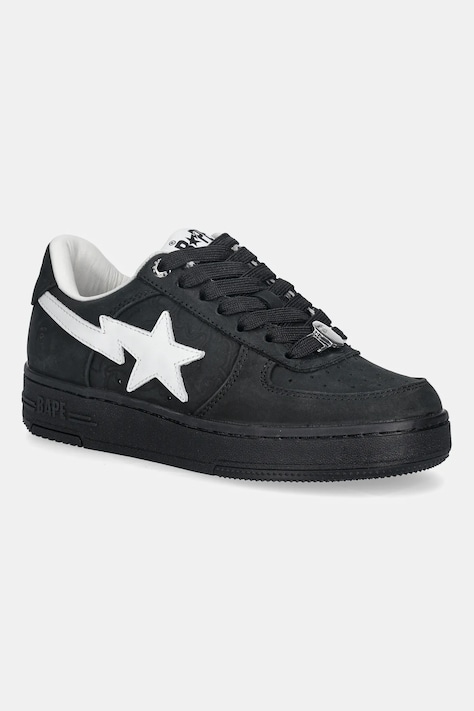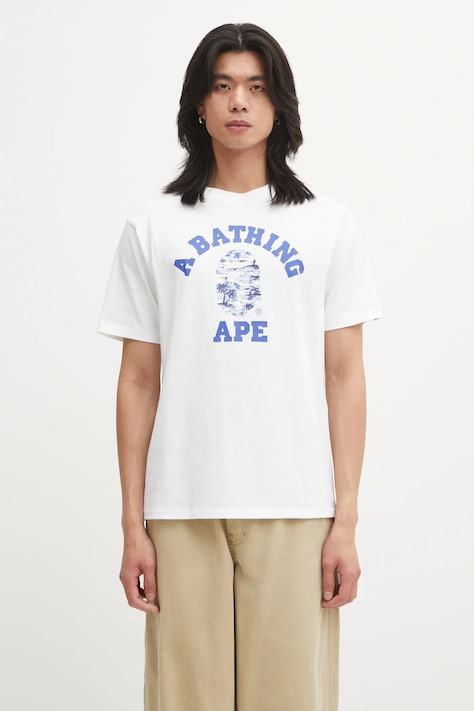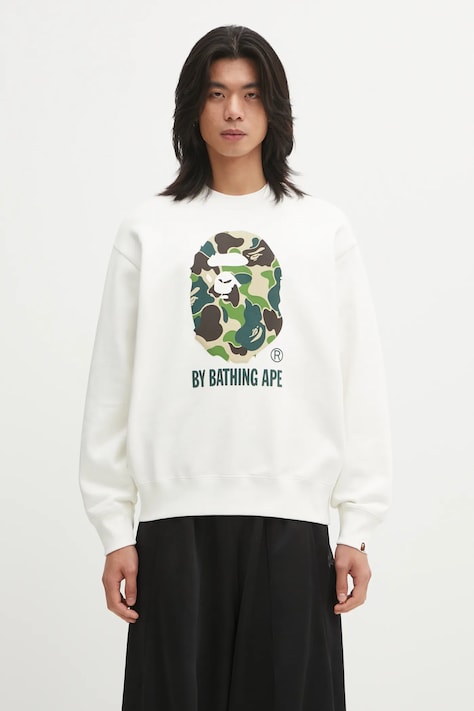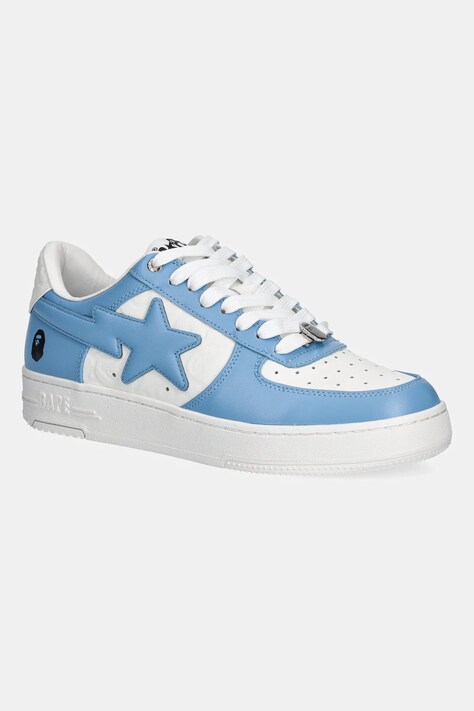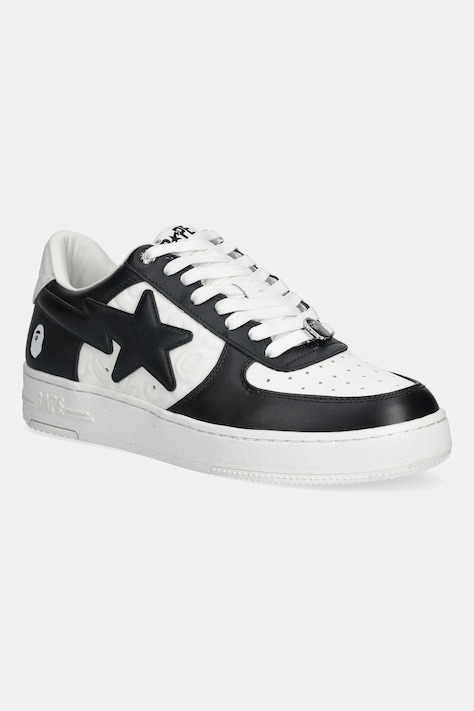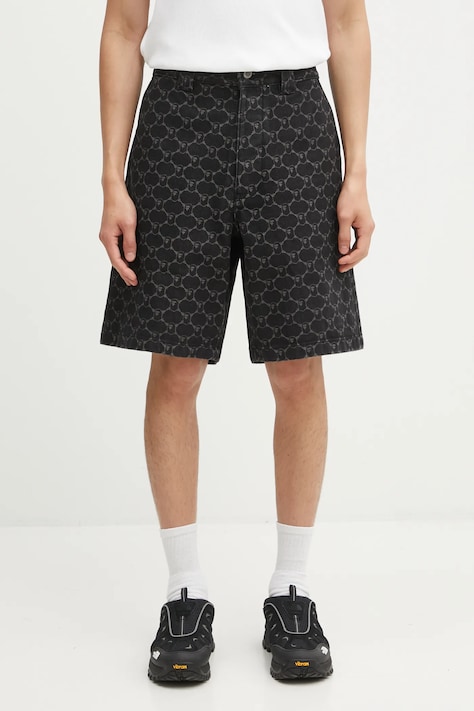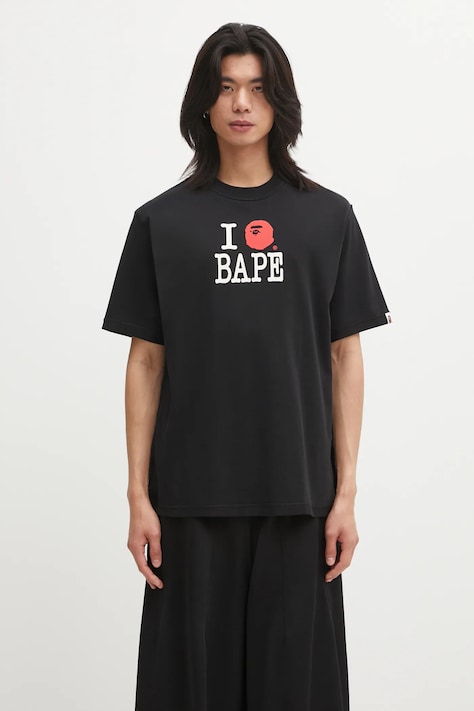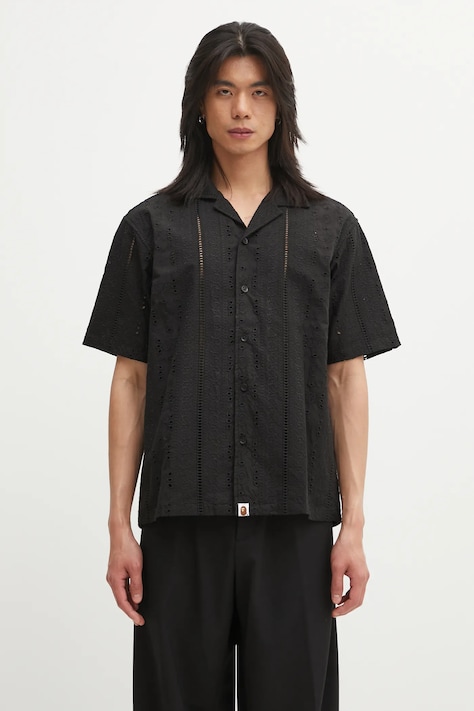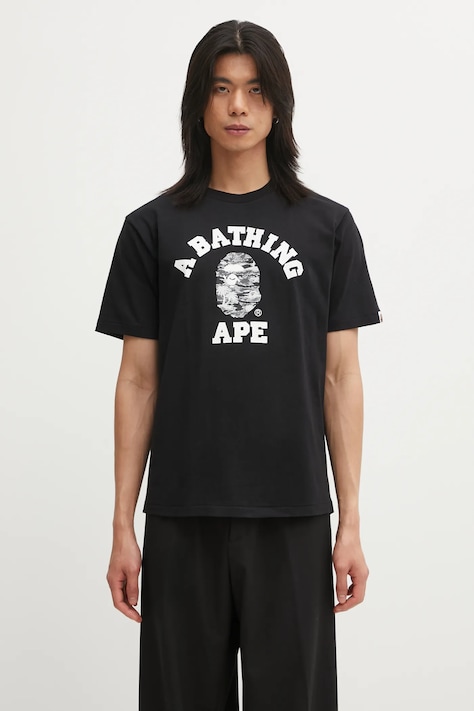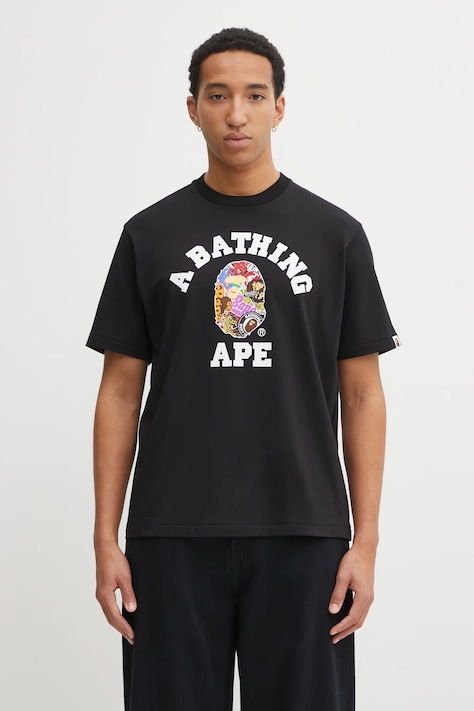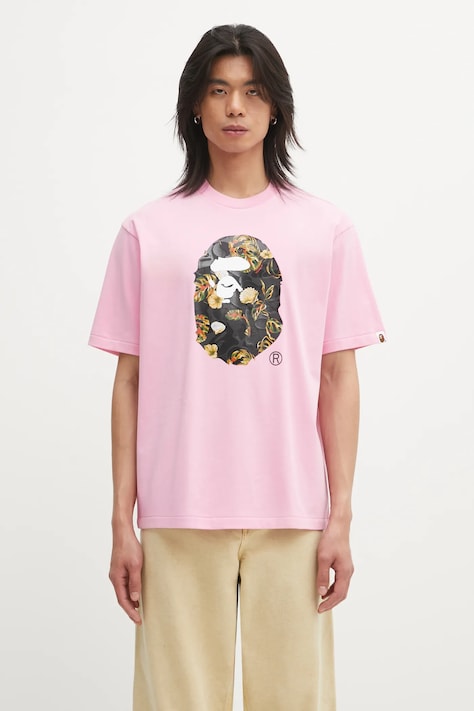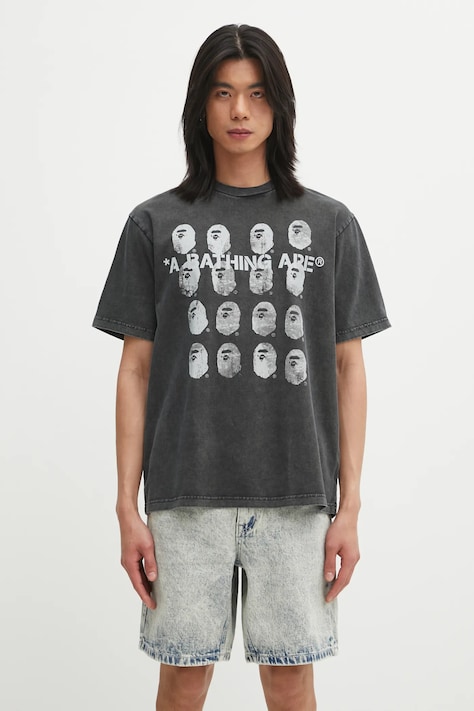A Bathing Ape
Number of products: 217
Known for its laid-back personality and youthful free spirit, BAPE's bright and flamboyant aesthetic and signature shark head and camouflage motifs catapulted the brand into the major shark of the streetwear market. The brand emerged from the underground Ura-Harajuku scene in Japan and slowly built its fame over the years, reaching the States, where it has dressed legends such as Notorious B.I.G.

Origins Of A Bathing Ape – Ura-Harajuku Roots And The Rise Of Japanese Streetwear
Back in 1993, deep in Tokyo’s vibrant Ura-Harajuku district, A Bathing Ape (BAPE) burst onto the scene and quickly became a pillar of Japanese streetwear culture. The mastermind behind it all? Tomoaki Nagao, better known as Nigo. His path to fashion legend was anything but typical. While working as an editor and stylist at the influential Popeye magazine, Nigo poured his love for American hip-hop, pop culture, and all things retro into a brand vision that would soon reshape youth style. Even the name was a winking tribute—drawing from the 1968 movie "Planet of the Apes" and a playful Japanese saying about “a bathing ape in lukewarm water.” Right from the start, BAPE’s moniker and its iconic logo were badges of irony and exclusivity, slyly poking fun at the easygoing comfort of privileged youth.
Bape Brand Philosophy – Exclusivity, Scarcity, And Cultural Impact
Nigo didn’t just follow trends—he flipped the script. Instead of flooding shelves, he’d drop roughly 50 T-shirts each week. Half were sold to eager fans; the other half? They found their way into the hands of Tokyo’s most influential tastemakers. This calculated scarcity didn’t just fuel desire—it set the stage for a worldwide streetwear culture craze. In 1998, Nigo doubled down on exclusivity by pulling out of wholesale distribution entirely, focusing all energy on one flagship BAPE store in Harajuku. The result: demand shot through the roof, lines snaked around blocks for every new release, and owning BAPE became a rare privilege—a golden ticket for those lucky enough to score a piece.
Bape Logo History And Iconic Bape Head – Visual Identity That Transcended Fashion
The instantly recognizable BAPE head logo—that stylized ape face—grew into much more than just a branding mark. It came to symbolize rebellion, individuality, and a bold mix of Eastern creativity with Western pop flair. From day one, the BAPE logo design showed up everywhere: not just on clothes but splashed across lifestyle products too, inviting fans to live fully inside this Japanese fashion label’s world. Add in the legendary BAPE Camo print and playful icons like Shark and Milo, and you’ve got a visual universe where every item turns heads and sparks conversation.
Influence Of Hip-Hop And International Expansion – Nigo, Pharrell Williams, And Beyond
BAPE’s buzz didn’t stay bottled up in Japan for long. Thanks to high-profile collaborations—with stars like Pharrell Williams, Kanye West, and later Daft Punk—the brand exploded onto the global stage. Its connection with hip-hop ran deep: everyone from The Notorious B.I.G. to Soulja Boy rocked BAPE clothing brands, helping cement its rep as an iconic hip-hop streetwear label. This cultural back-and-forth between Japan and the West turned BAPE into a household name among streetwear fans everywhere.
Bape’s Business Evolution – From Exclusive Boutique To Global Fashion Conglomerate
This meteoric rise wasn’t without growing pains. By the late 2000s, BAPE’s rapid expansion led to some overexposure—and hefty financial headaches. In 2011, facing mounting debt, Nigo sold BAPE to Hong Kong-based I.T Group. He stepped down as CEO but stuck around as a consultant during the handover before launching new ventures like Human Made. These days, while BAPE isn’t quite as exclusive as its early years, it remains a giant in street fashion circles—respected for its legacy and continued innovation as one of Japan’s standout streetwear brands.
A Bathing Ape Product Universe – Iconic Streetwear Offerings And Design Diversity
BAPE’s catalog is just as eclectic as its history. The brand didn’t stop at clothing—instead, it built itself into a full-blown lifestyle brand, rolling out accessories and home goods plastered with signature graphics and motifs. Take their legendary Bapesta sneakers: with their punchy colorways and eye-catching patent leather, they’ve become must-haves for sneakerheads everywhere. Some highlights from their lineup:
- BAPE Shark Hoodie: Famous for its dramatic full-zip hood and striking graphic details.
- BAPE Camo Print Apparel: Tees, sweats, jackets, shorts—you name it—all decked out in instantly recognizable camo patterns.
- Baby Milo And Bape Kids: Whimsical collections perfect for younger fans or anyone who loves a playful twist.
- BAPE Black Label: Sleek monochrome pieces accented with gold—for those who like their BAPE with an air of quiet luxury.
- AAPE By A Bathing Ape: A sub-label bringing distinct style (and price points) to broader audiences.
- Accessories: Bags, hats, sunglasses—even home goods—helping fans weave BAPE into every part of daily life.
Diversity In The Bape Brand Offer – Sections, Sizing, And Colorways
No matter your style or size, chances are you’ll find something at any well-stocked BAPE shop or online boutique. Collections span both men’s and women’s lines (“Section”), with apparel sizes running from XS all the way up to XXL—and shoes in an internationally inclusive range (“Size”). When it comes to colors? The sky’s the limit: black, green, multicolor pops, soft pinks, deep navy, sunshine yellow—you name it (“Colour”). There’s a shade (or three) for every mood and personality under the sun—making self-expression through BAPE designs practically effortless.
Bape Store Experience – From Harajuku To Pop-Ups Worldwide
The original Tokyo BAPE store in Harajuku set the gold standard for street fashion retail—and imitators are still chasing its vibe. Today, flagship locations and pop-up shops in cities like New York, Los Angeles, Paris (and plenty more) draw eager crowds hunting for authentic pieces or that next exclusive drop. Whether you visit in person or browse online, each collection launch feels like an event—one reason die-hard fans keep coming back for more.
Bathing Ape As A Pioneer Of Japanese Street Fashion Culture
BAPE’s legend endures because it never stands still—it constantly reinvents itself while staying rooted in its origins of irony, exclusivity, and pure creative freedom. Its fingerprints can be spotted across hip-hop wardrobes, worldwide sneaker trends, and even the way we define “streetwear” itself. For anyone curious about—or living inside—the world of modern Japanese streetwear labels, A Bathing Ape stands tall as both a touchstone and a trailblazer: proof that fashion can spark a global movement all its own.









